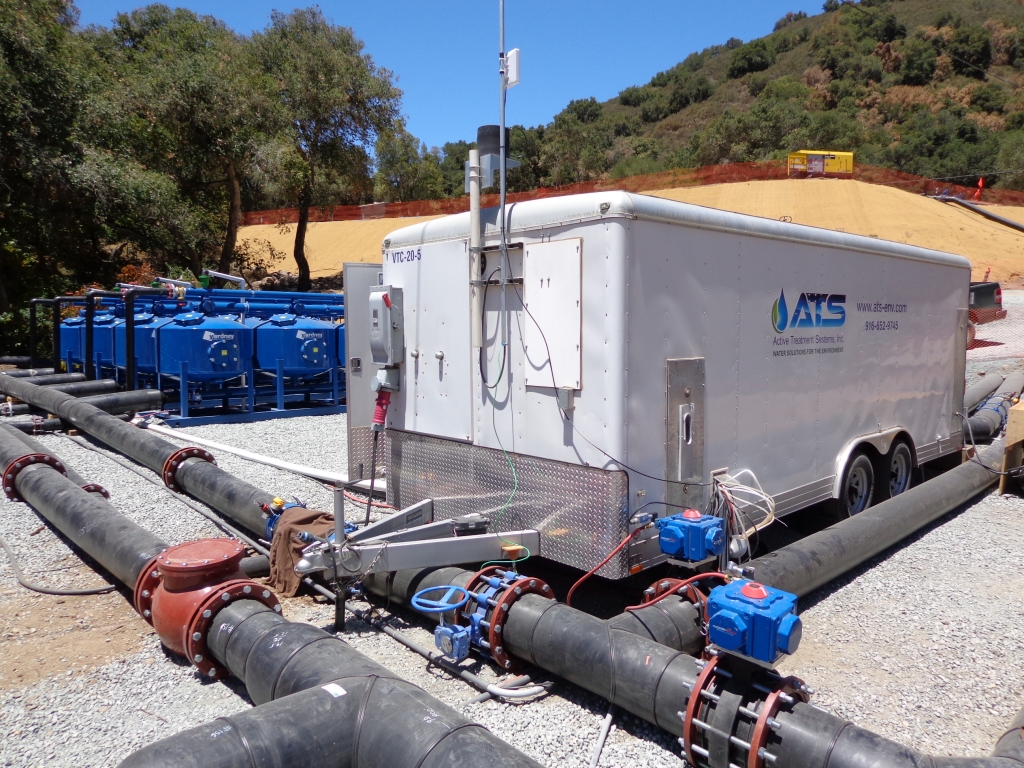In construction, you move ahead with the best intentions, operate within the parameters of local/state/federal regulations, and do your best to keep costs down. It is difficult to predict costs with unknown conditions that are ever present in construction; weather and what lies beneath the surface of your site. Even with the most thorough geotechnical reports, there can be surprises in the middle of your operation. One of those surprises can be water – even when you thought you had planned for it. Protect yourself against interrupted projects by arming yourself and your colleagues with the information they need to prepare and quickly adapt when preparation isn’t enough.
NEED AN ATS? QUICK INDICATORS!
- Instances on construction sites where traditional erosion and sediment controls do not effectively control accelerated erosion.
- Circumstances where storm water discharges leaving the site may cause or contribute to an exceedance of a water quality standard.
- When site constraints inhibit the ability to construct a correct sized sediment basin.
- When clay and/or highly erosive soils are present.
- When the site has very steep or long slope lengths.
Two Burning Questions…
- Why would you need an ATS?
- What is an ATS?
Whenever you move water from a place where it is undesirable to a place where that water is unobtrusive, eventually that water needs to be dealt with. Often it can be dealt with by common practices:
- Natural recharge into the ground via percolation
- Discharge into an acceptable receiving source(e.g. sewer, storm drain, waterway) in accordance with permits and regulations
- Sand filtration and Discharge into an acceptable receiving source(e.g. sewer, storm drain, waterway) in accordance with permits and regulations
What do you do when it is clear that your water won’t reabsorb into the ground and cannot be discharged within the permitted parameters and regulations even with simple mechanical filtration?
You need an active treatment system
Generally speaking, if your water looks like any of the three jars on the right in the image below or tests near the pH limits of your permit, or is suspected to contain contaminants that are unacceptable for your discharge receiving source…

Increasing turbidity from left to right
You are going to need to have your discharge water sampled and evaluated, otherwise you risk having your operation shut down and fined. A shut down or fine are both unacceptable outcomes for your project. If you already know that your water has high turbidity ( ≥ 200 NTU), unacceptable contaminants, or unacceptable pH levels, you are already trying to find a solution, knowing each day you leave the site you may return to overflowing basins. The more knowledgeable about your options you are, the less likely you will back yourself into a corner – provided you act on your knowledge and assessment.
- What is an ATS?
An active treatment system is used to monitor and control any kind of discharge that requires a chemical additive. Usually it consists of 3 steps or parts but may be adjusted to meet site specific needs to meet the requirements of acceptable discharge.
- Collection/Holding Basin
- Pretreatment/sedimentation
- treatment/filtration
Nuisance water (stormwater runoff) is collected in a holding basin, or tank – the water (effluent) is pre-treated inline and transferred to a holding basin, or tank. A chemical reaction takes place during the pre-treat and the water (effluent) starts to coagulate and settle. By the time the water (effluent) reaches the other end of the basin, or tank, most of the suspended matter (residual) has settled and the cleaner water (effluent) has been pumped to the designated discharge point.

As your water flows through the system, our treatment staff is monitoring water quality and making adjustments to the system in tandem with our Programmable Logic Controller. After filtration, the water is analyzed to ensure it meets discharge requirements. If the requirements are met, the water is released into the environment, however if the requirements are not met, it is automatially recirculated for further treatment.
For further information or evaluation, call (916) 652-9745

Jim Brown, Business Development Manager

Shane Kiley, Business Development Manager

